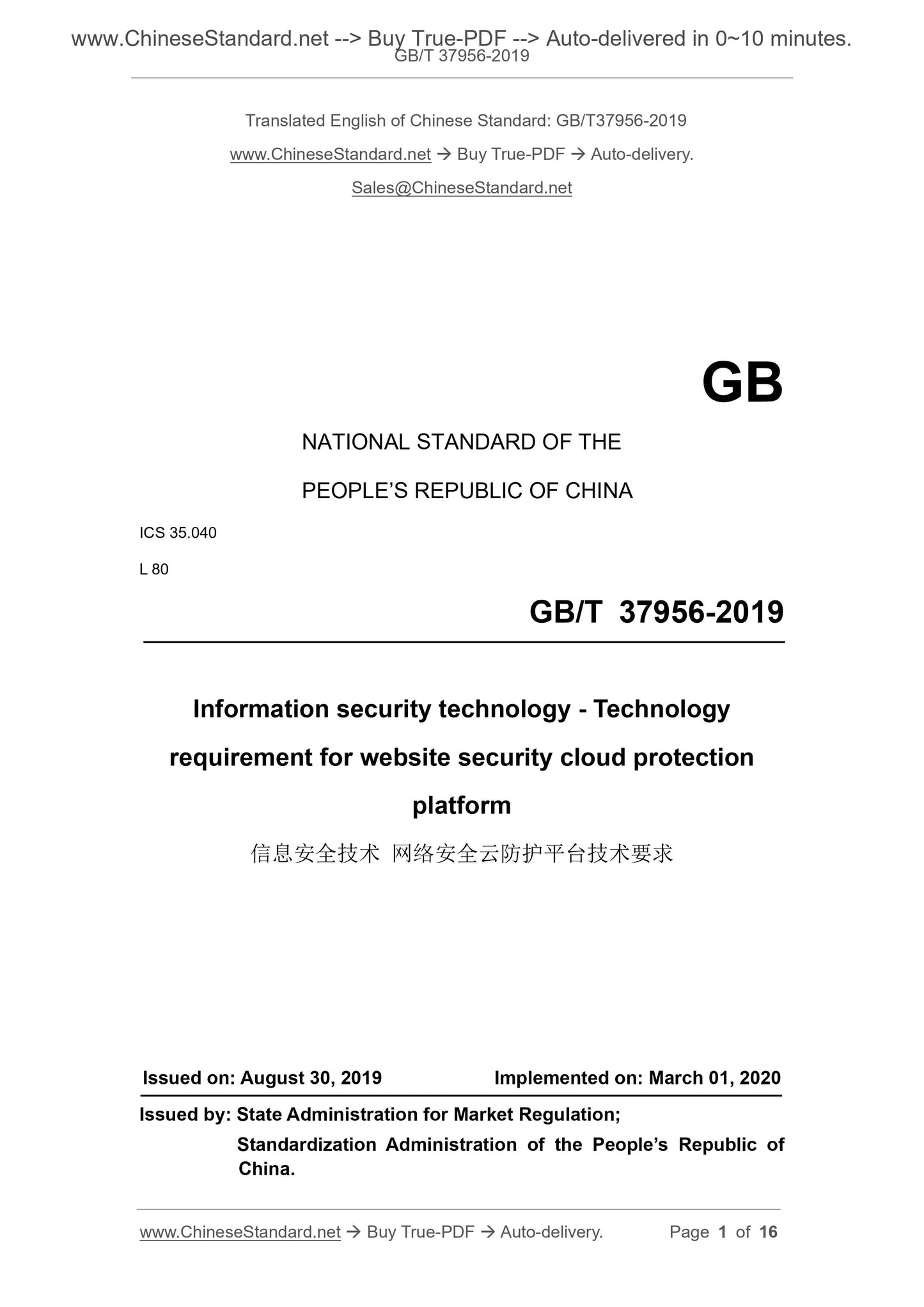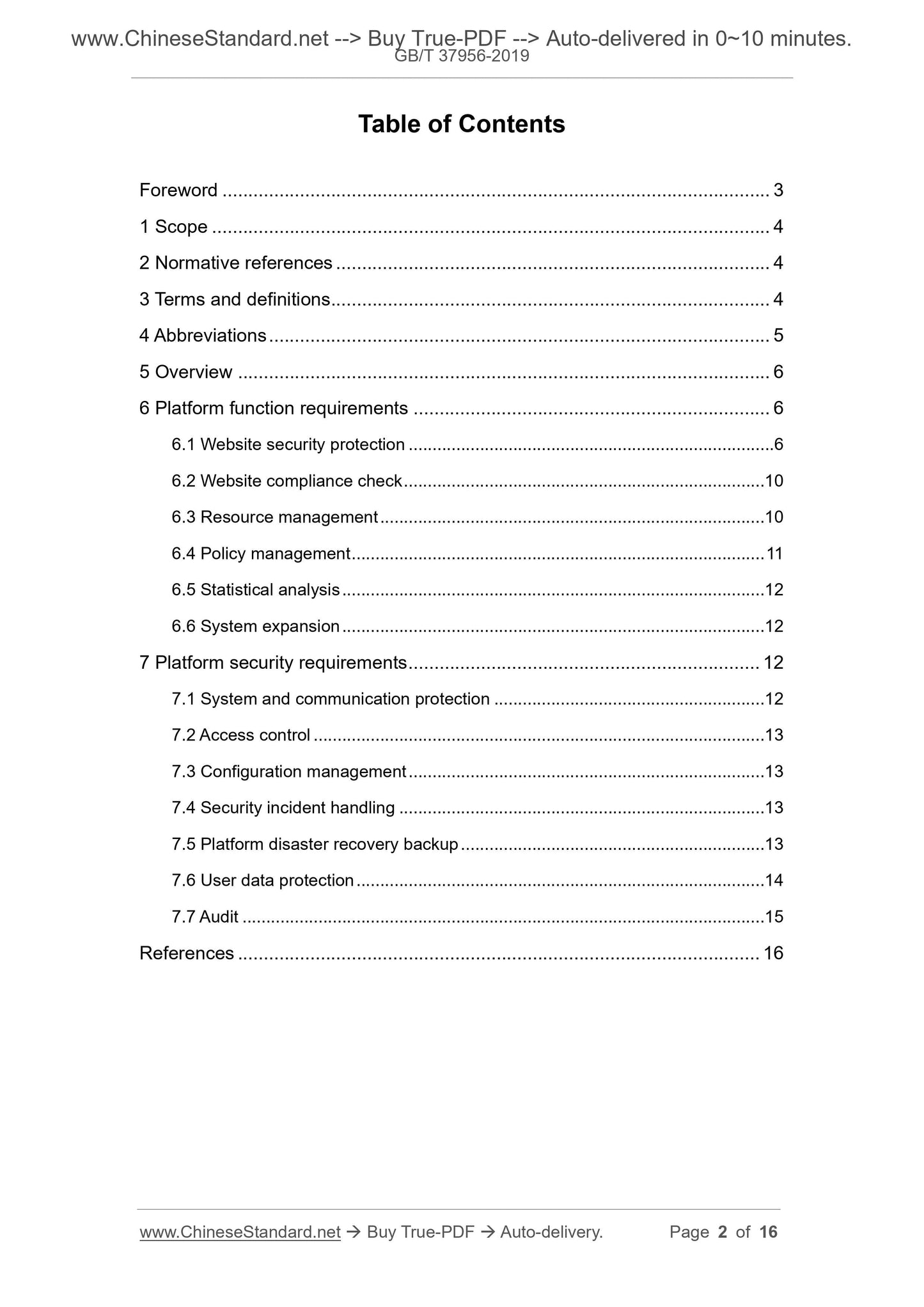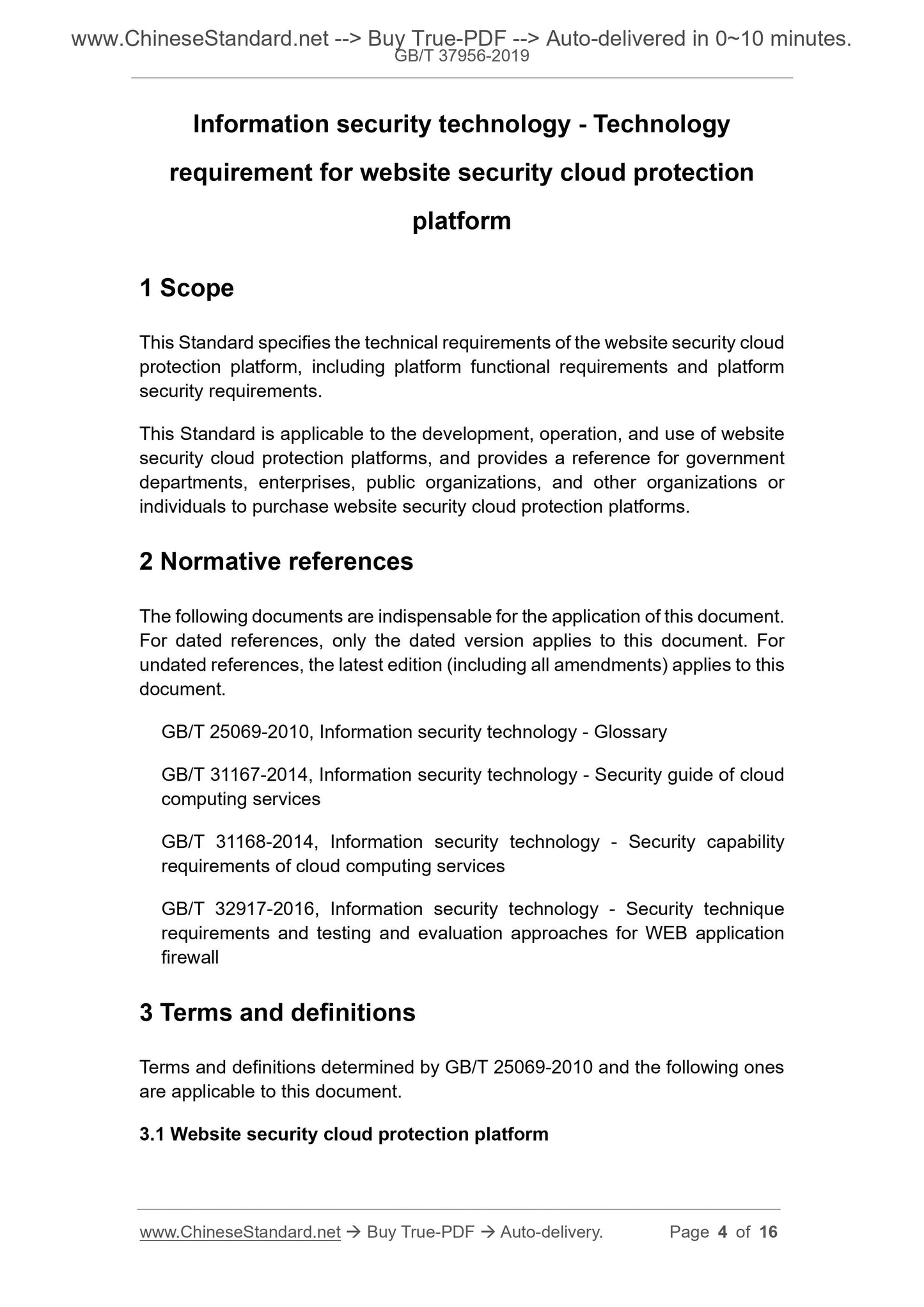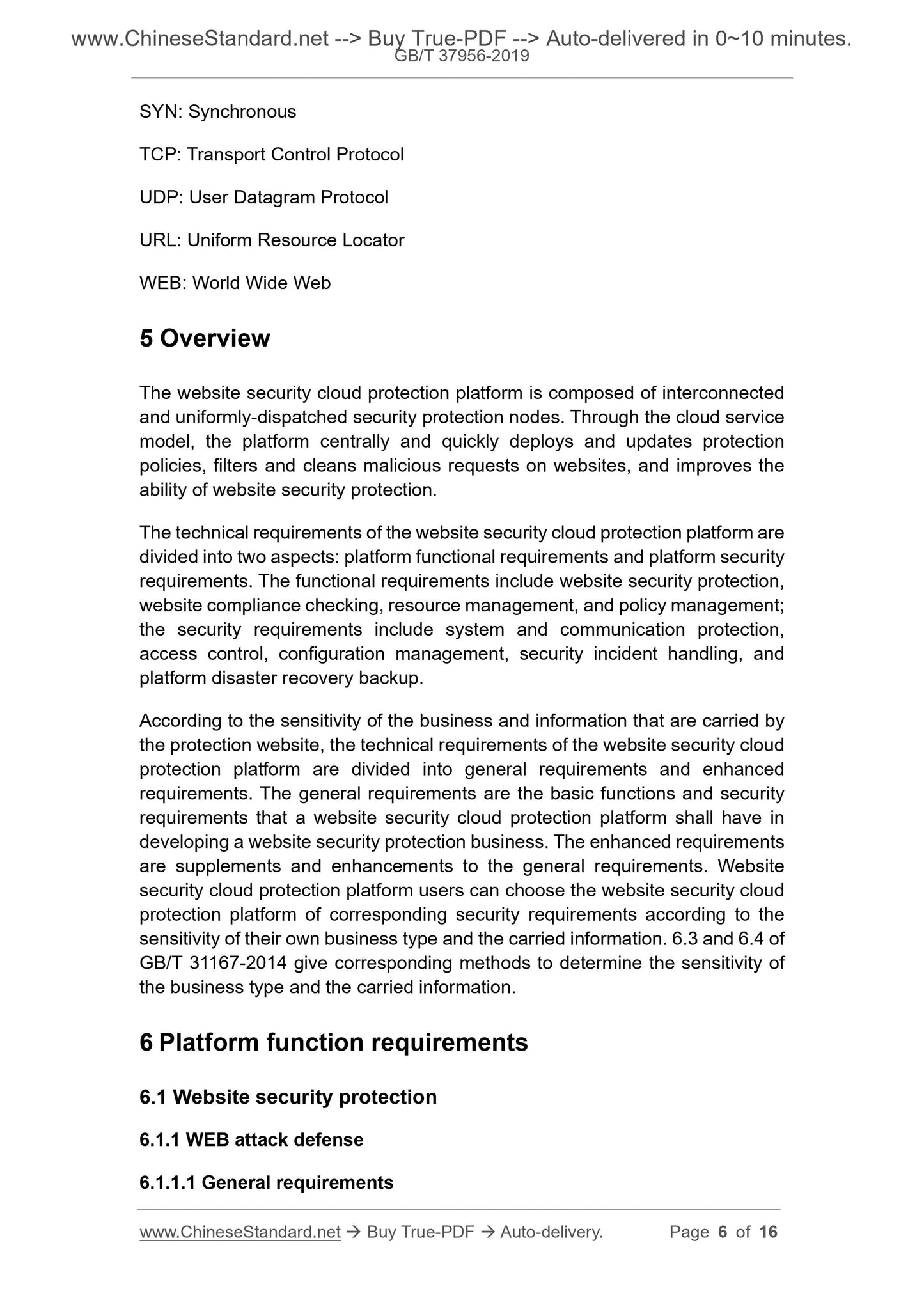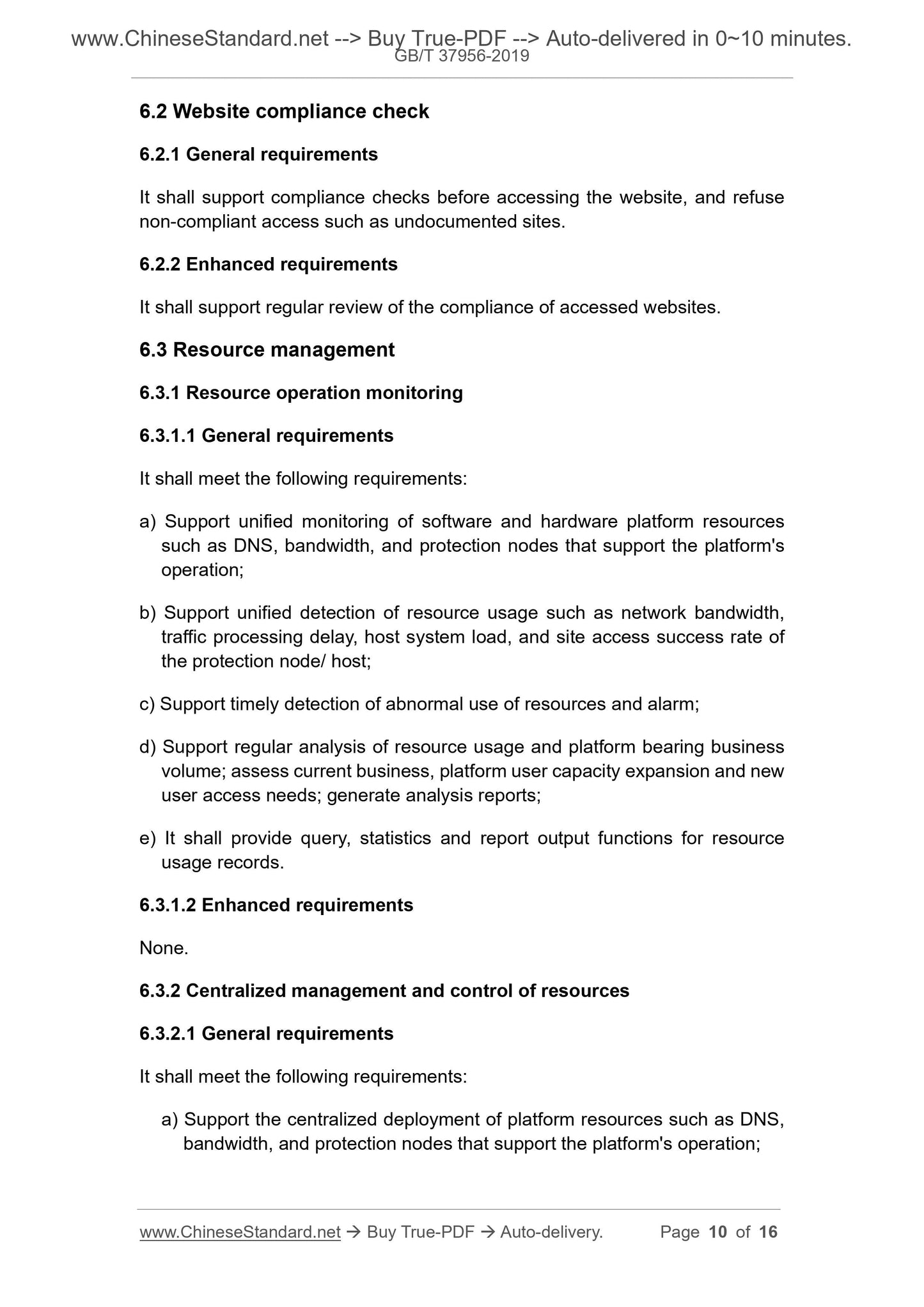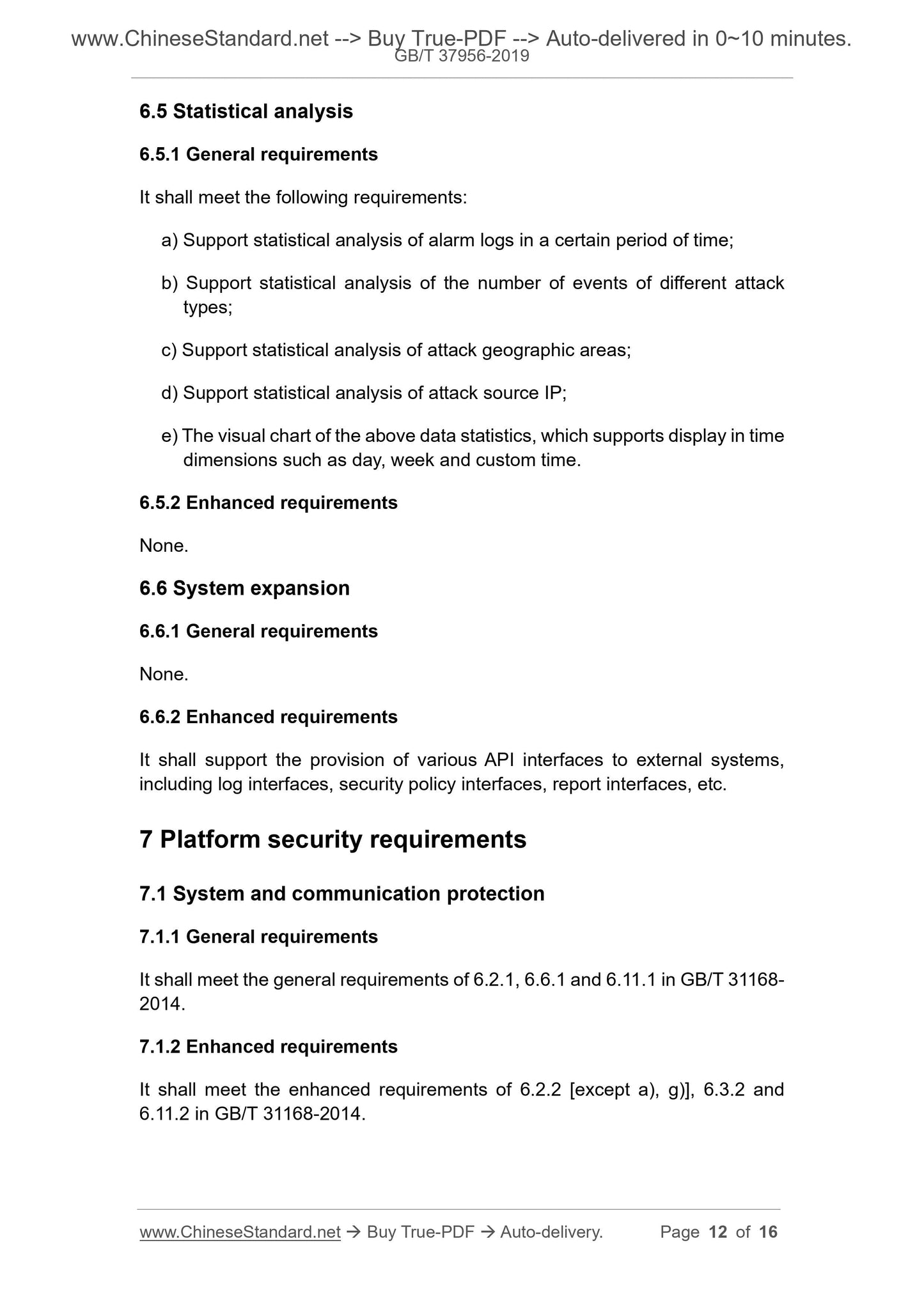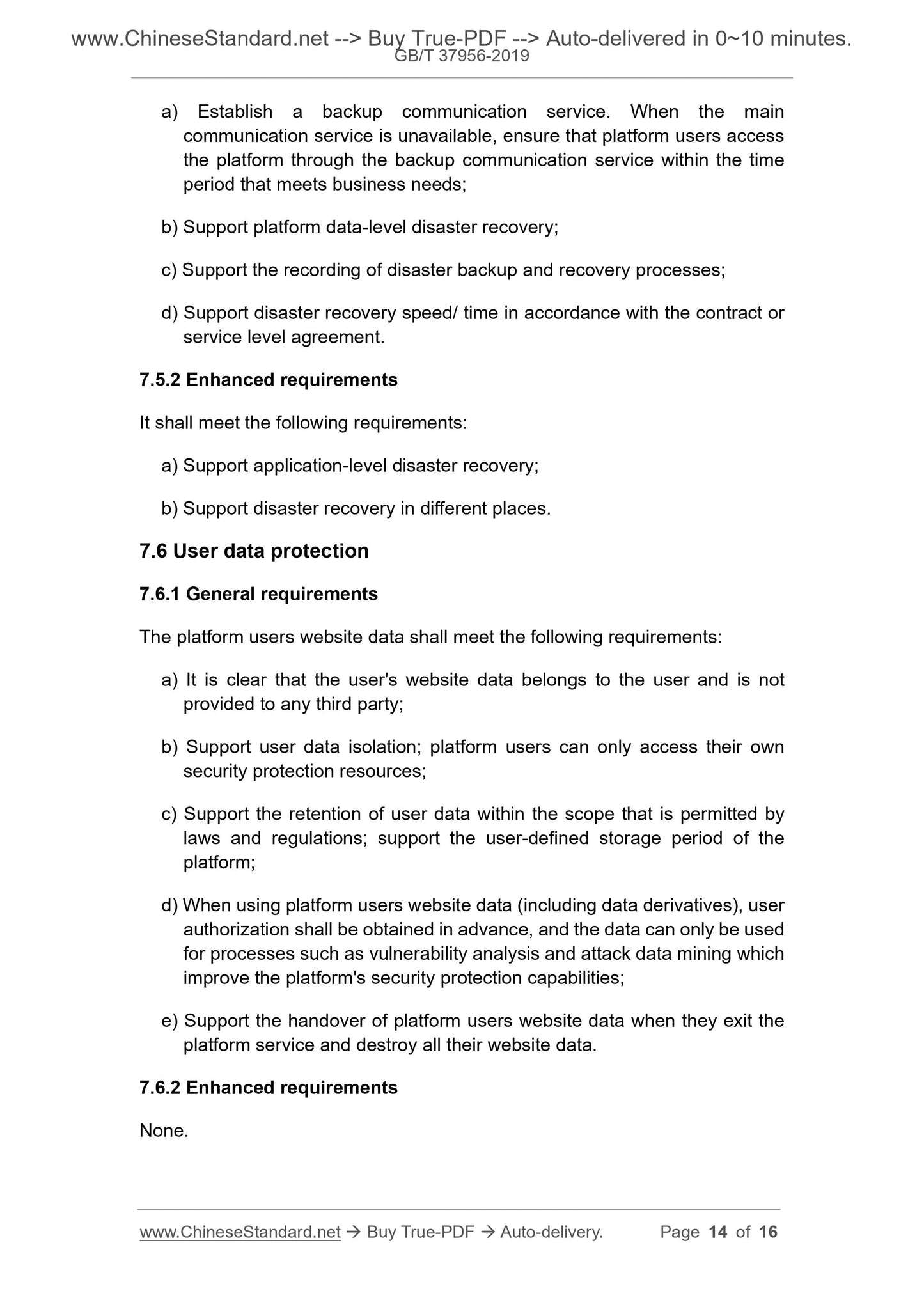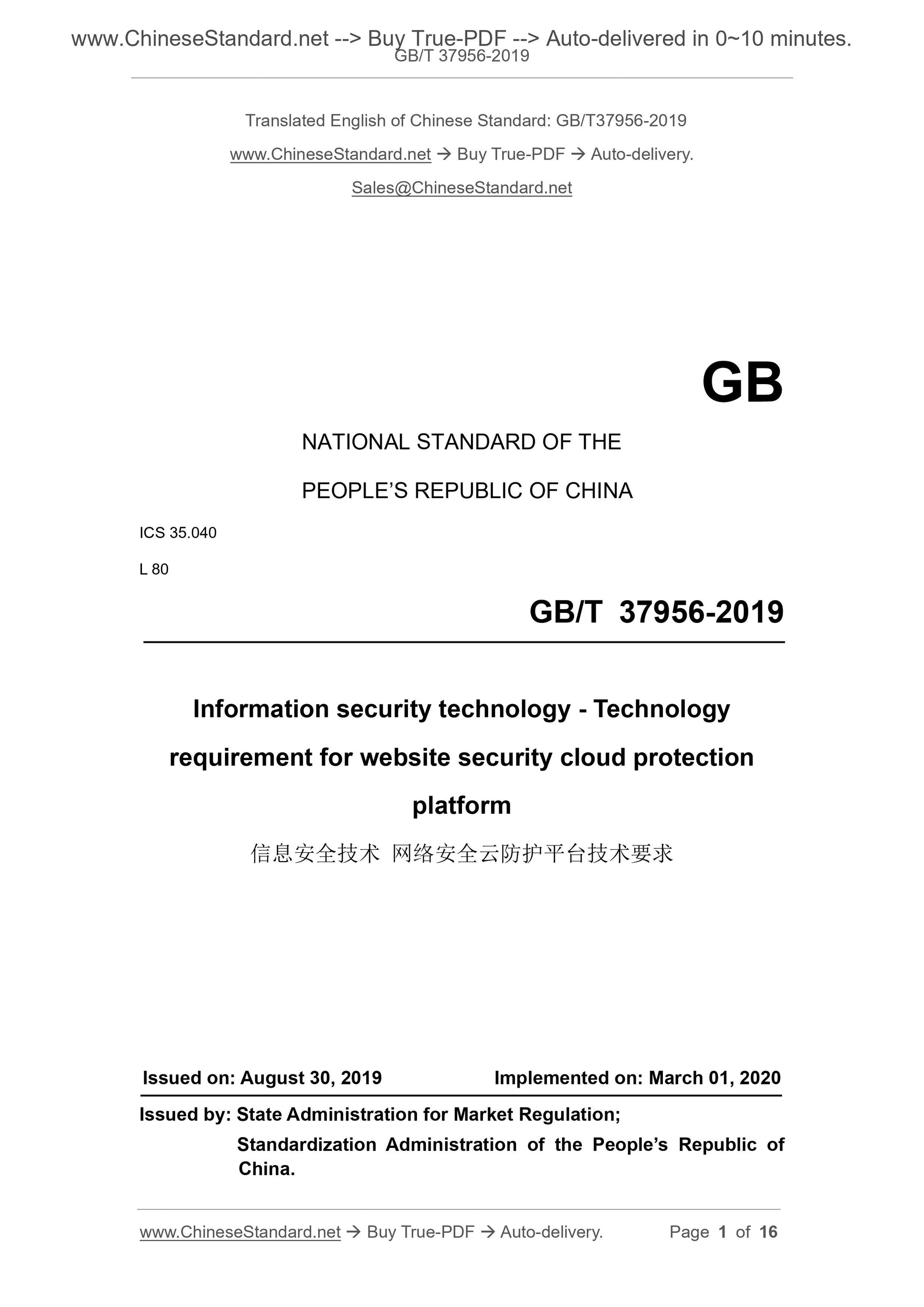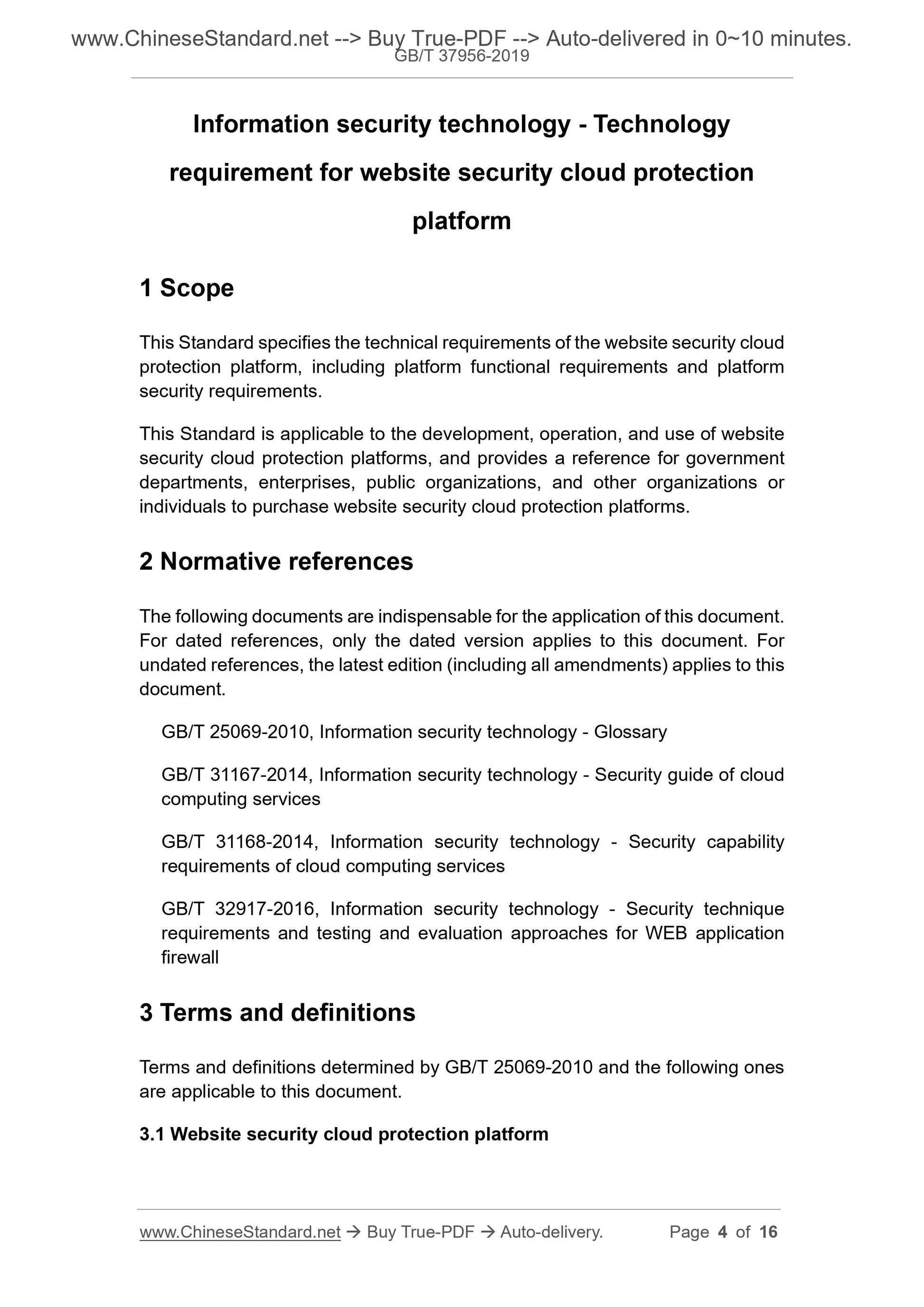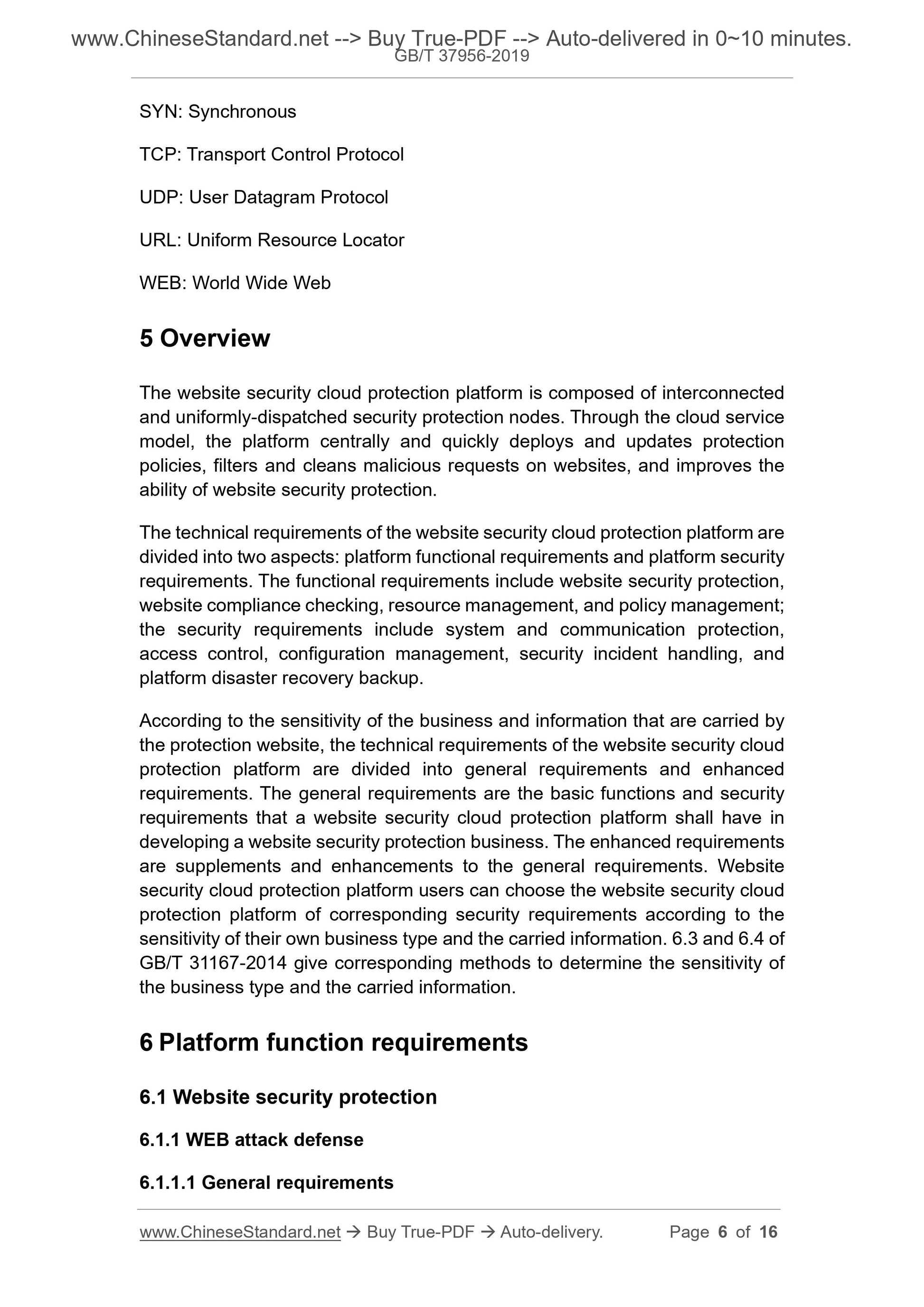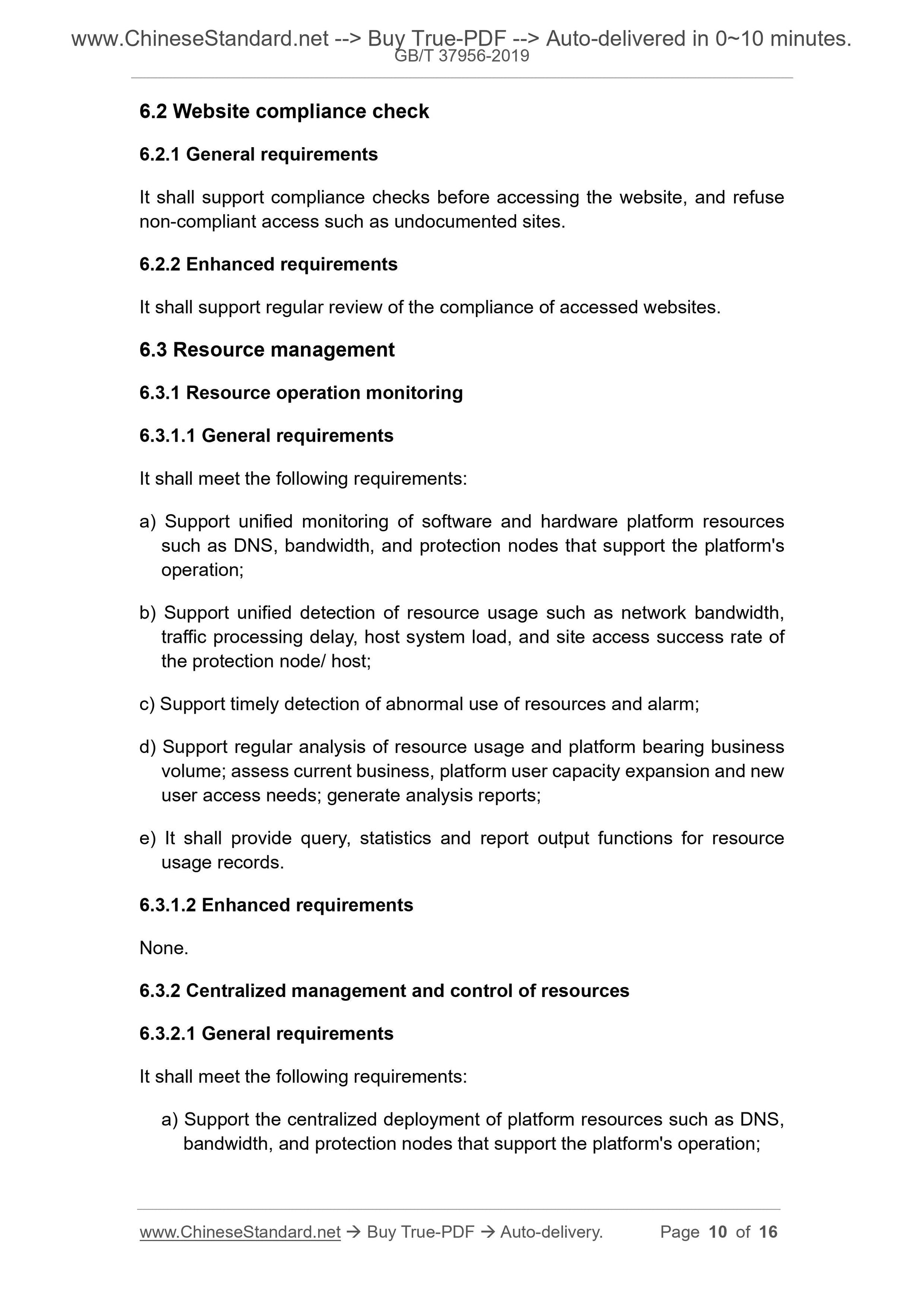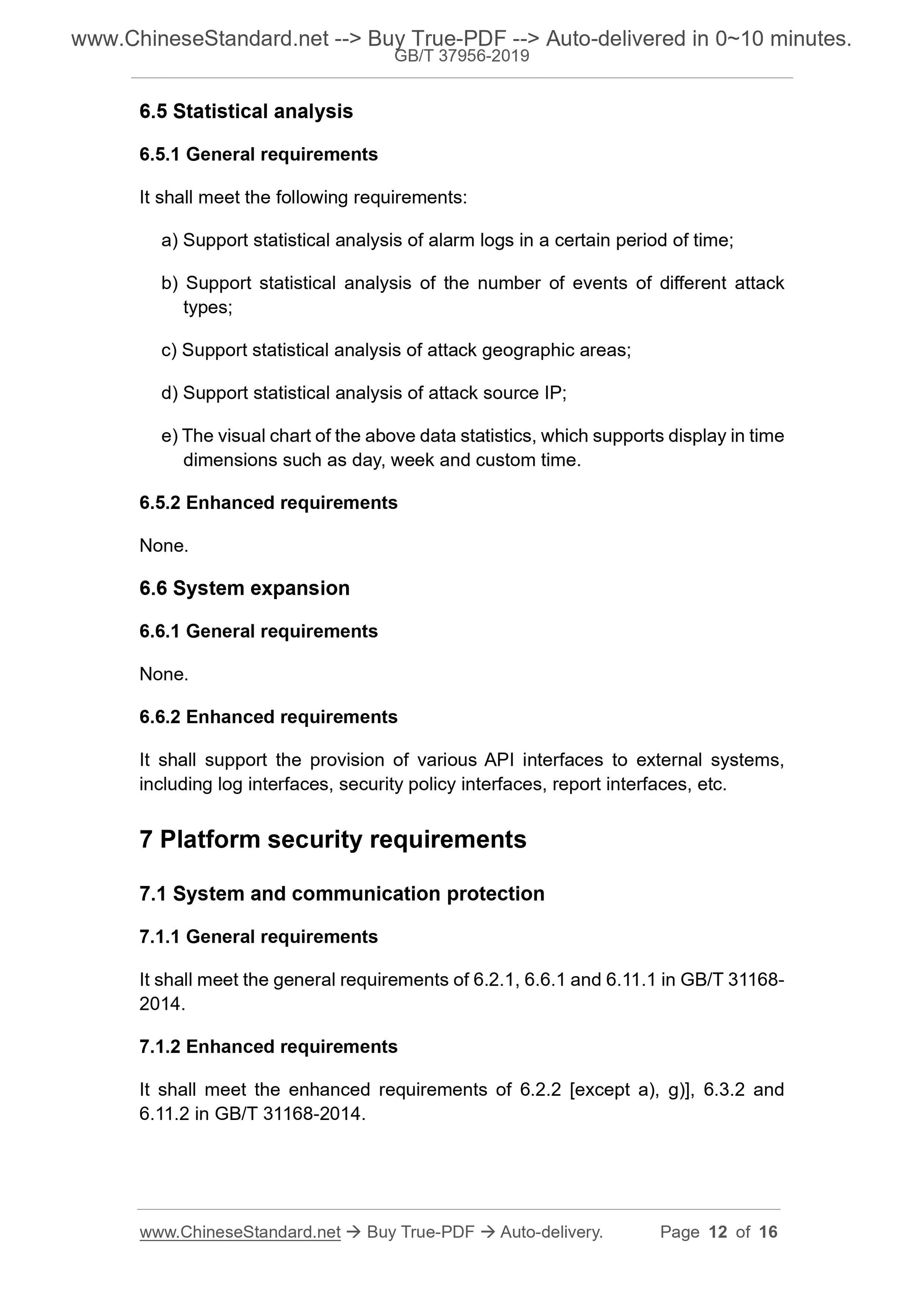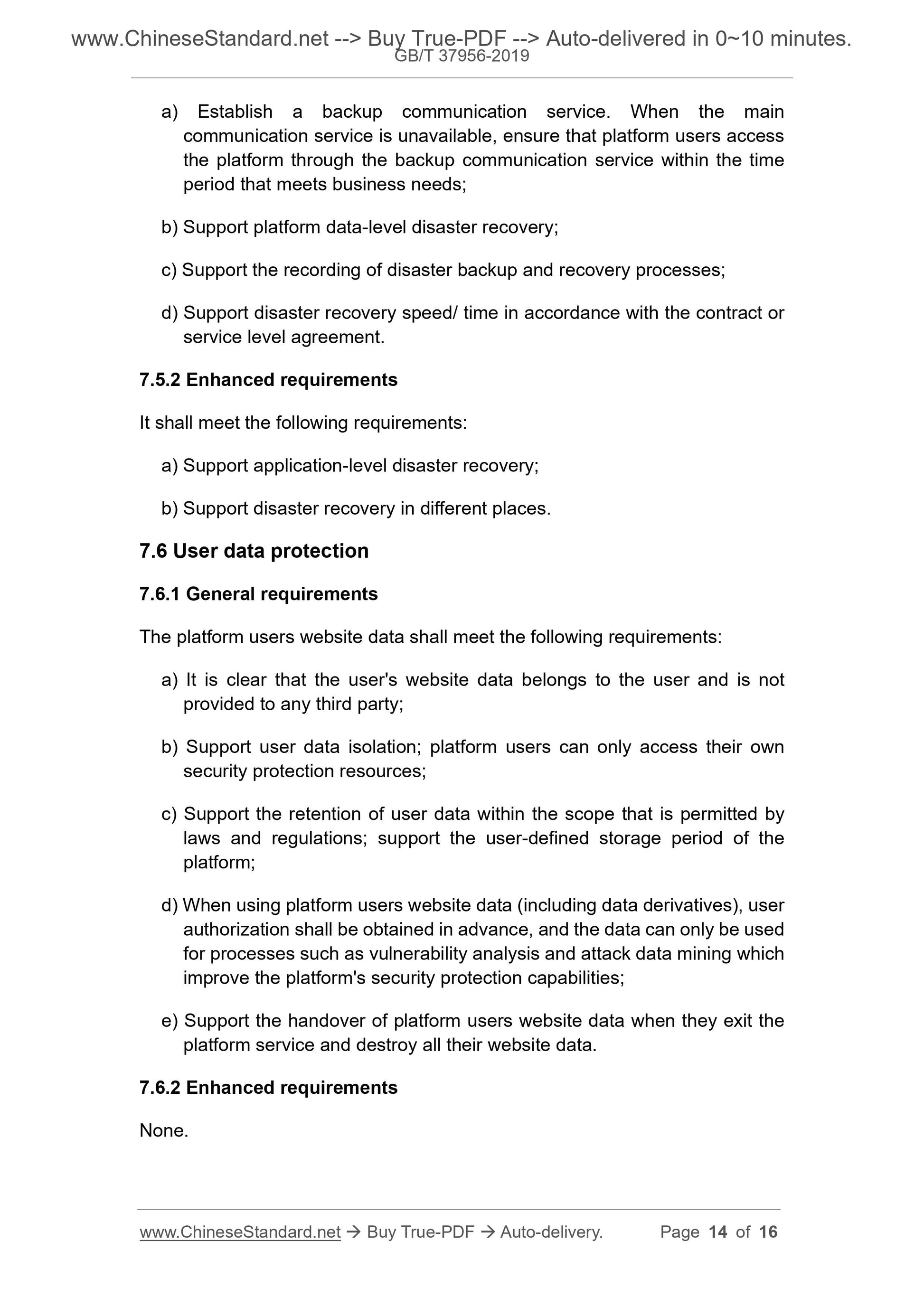1
/
of
7
www.ChineseStandard.us -- Field Test Asia Pte. Ltd.
GB/T 37956-2019 English PDF (GB/T37956-2019)
GB/T 37956-2019 English PDF (GB/T37956-2019)
Regular price
$160.00
Regular price
Sale price
$160.00
Unit price
/
per
Shipping calculated at checkout.
Couldn't load pickup availability
GB/T 37956-2019: Information security technology - Technology requirement for website security cloud protection platform
Delivery: 9 seconds. Download (and Email) true-PDF + Invoice.Get Quotation: Click GB/T 37956-2019 (Self-service in 1-minute)
Newer / historical versions: GB/T 37956-2019
Preview True-PDF
Scope
This Standard specifies the technical requirements of the website security cloudprotection platform, including platform functional requirements and platform
security requirements.
This Standard is applicable to the development, operation, and use of website
security cloud protection platforms, and provides a reference for government
departments, enterprises, public organizations, and other organizations or
individuals to purchase website security cloud protection platforms.
Basic Data
| Standard ID | GB/T 37956-2019 (GB/T37956-2019) |
| Description (Translated English) | Information security technology - Technology requirement for website security cloud protection platform |
| Sector / Industry | National Standard (Recommended) |
| Classification of Chinese Standard | L80 |
| Classification of International Standard | 35.040 |
| Word Count Estimation | 14,166 |
| Date of Issue | 2019-08-30 |
| Date of Implementation | 2020-03-01 |
| Issuing agency(ies) | State Administration for Market Regulation, China National Standardization Administration |
Share
